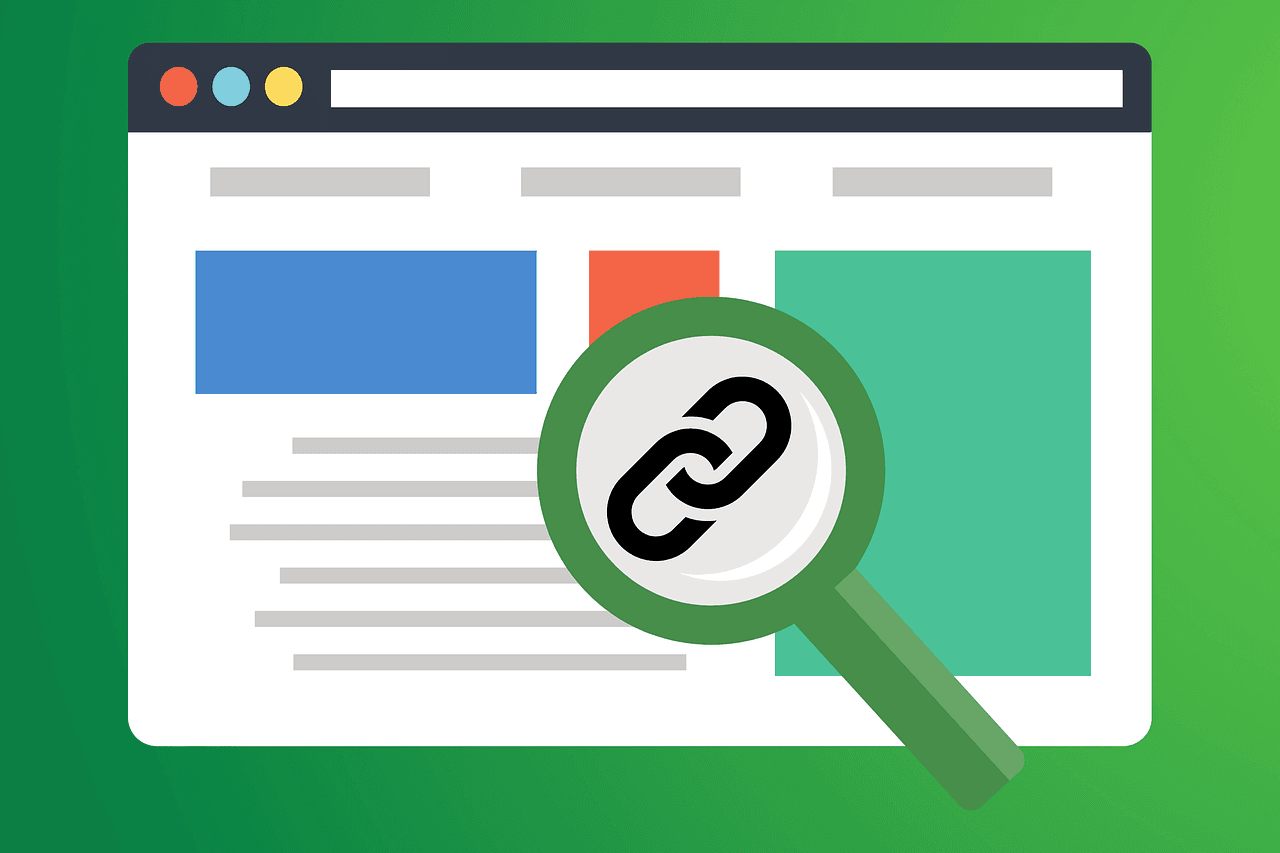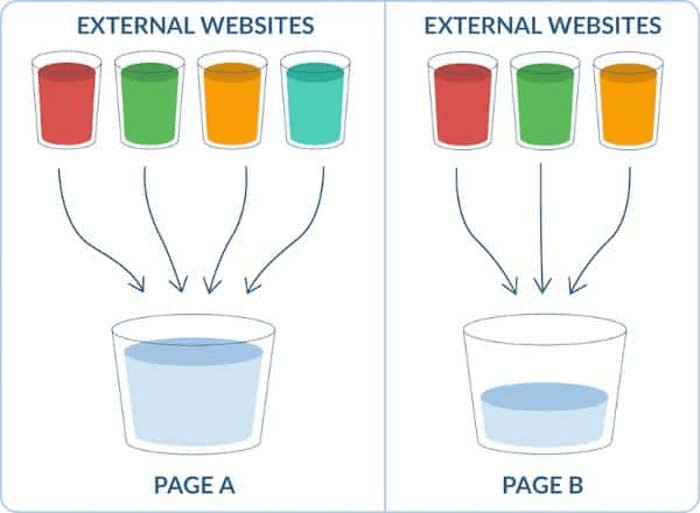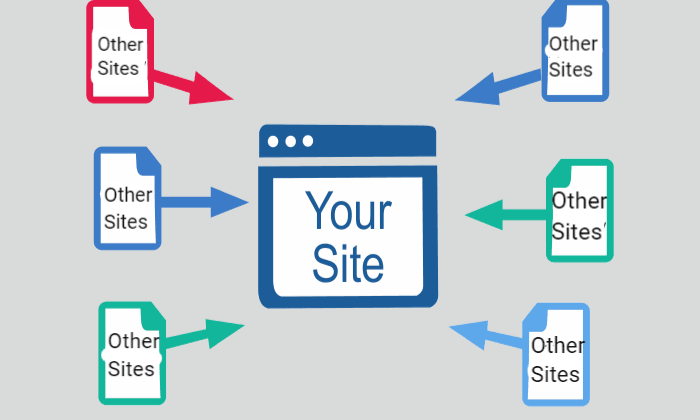Featured snippets are concise, answer-focused results that appear at the top of Google’s search page. They provide quick, useful information for users, and understanding how to optimize for them can boost your SEO strategy. At Keyword Metrics, we break down this topic for you!
What Are Featured Snippets?
Featured snippets are concise pieces of information that Google extracts from a web page to answer a user’s query. These snippets appear above the organic search results, making them highly visible.
Types of featured snippets include:
- Paragraphs: Text-based answers, often answering “what” or “why” questions.
- Lists: Bulleted or numbered lists, ideal for “how-to” queries or steps.
- Tables: Organized data presented in rows and columns, commonly used for comparisons.
- Videos: Short clips that directly answer a query.
For example, if you search for “What is SEO?” you might see a paragraph snippet explaining the term with a link to the source.
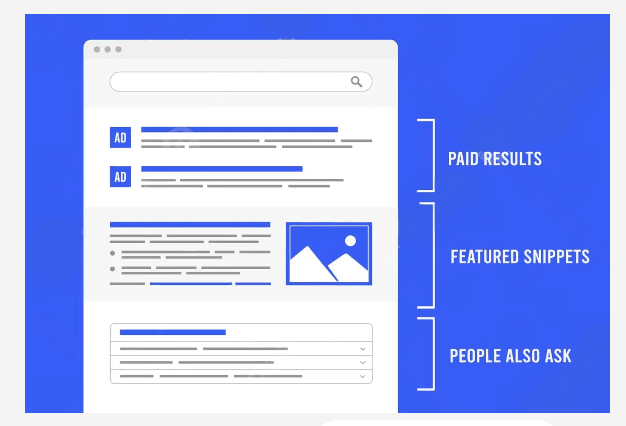
How Featured Snippets Work in SEO
Google selects featured snippets based on their relevance, clarity, and formatting. These snippets are not created manually; instead, Google’s algorithm identifies content that best matches a query.
Key factors include:
- Keyword Targeting: Using specific phrases that align with user intent.
- Structured Content: Well-organized content with headings, lists, and concise paragraphs.
- Authority: Content from trusted and high-quality websites is more likely to be chosen.
For example, if your webpage includes a step-by-step guide to baking a cake, and it’s well-structured, Google might use it as a featured snippet for a query like “How to bake a cake.”
Why Are Featured Snippets Important in SEO?
Featured snippets offer several advantages for websites:
- Boost Visibility: They appear at the top of SERPs, ensuring maximum exposure.
- Increase Click-Through Rates (CTR): Users are more likely to click a highly visible snippet.
- Enhance Authority: Being featured can establish your site as a trusted source of information.
Additionally, snippets often answer voice search queries, making them crucial in optimizing for voice assistants like Google Assistant or Alexa.
Pro Tips for Optimizing Content for Featured Snippets
Want your content to appear as a featured snippet? Here’s how:
- Answer Questions Directly: Use tools like Google’s People Also Ask section to identify common questions related to your topic. Create content that answers these questions clearly and succinctly.
- Example: For “What is domain authority?” provide a one- or two-sentence definition at the beginning of your article.
- Format for Snippets: Structure content to match snippet types.
- Use numbered lists for “how-to” guides.
- Create tables for data comparisons.
- Write concise paragraphs of 40–50 words for definitions.
- Focus on Long-Tail Keywords: These are often questions or phrases that users are searching for. For example, instead of “SEO,” target “how does SEO work for small businesses?”
- Optimize Headers and Subheaders: Use descriptive H2 and H3 tags that align with likely search queries.
- Add Supporting Visuals: Use images, charts, or videos that enhance the user experience. Google sometimes pairs text snippets with visuals, improving CTR.
Tools for Optimizing Featured Snippets and SEO
Below are some key tools to consider:
Google Search Console
A free tool by Google that allows you to monitor your website’s performance in search results. It provides insights into the keywords you rank for, the pages that attract the most impressions, and areas where you can improve for better visibility in featured snippets.
Ahrefs
An advanced SEO tool that can help you track keywords, analyze competitors, and discover new content opportunities. Ahrefs offers a comprehensive keyword research tool to identify the best keywords to target for featured snippets.
Yoast or Rank Math SEO
A plugin for WordPress that helps optimize your content for SEO, including featured snippets. Yoast offers suggestions on improving content structure, keyword targeting, and snippet optimization.
Examples of Featured Snippets in Action
Here are real-world examples to help you visualize how snippets work:
Paragraph Snippet Example
Query: “What is digital marketing?”
Snippet: A 40-word definition of digital marketing with a link to the source.
List Snippet Example
Query: “Steps to create a blog”
Snippet: A numbered list of steps with a link to a guide.
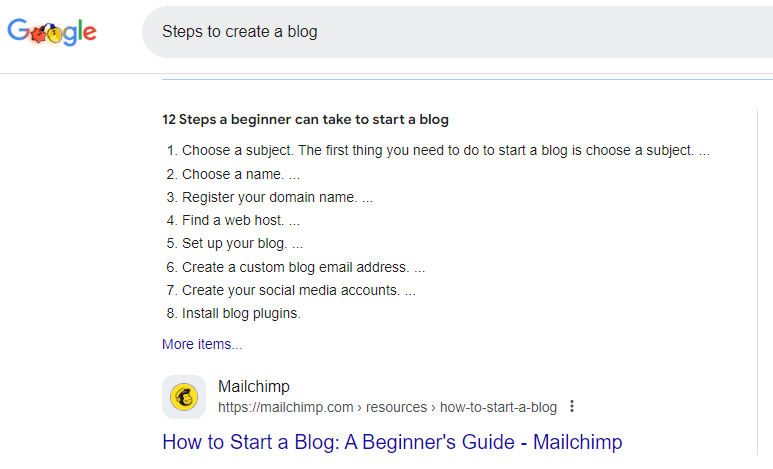
Table Snippet Example
Query: “Best laptops 2024”
Snippet: A comparison table showing price, features, and ratings.
FAQs About Featured Snippets
Q: Can my site appear in multiple featured snippets?
A. Yes, if your content covers multiple relevant topics, it’s possible to rank for various queries.
Q: Do I need special tools to optimize for snippets?
A. No, but tools like Ahrefs, Google Search Console, and SEO Plugins can help identify opportunities by showing which keywords you already rank for.
Q: Are featured snippets guaranteed to increase traffic?
A. Not always. While they improve visibility, some users might find their answer in the snippet itself and not click through. However, optimizing snippets can establish your site as a reliable source, increasing long-term authority.
Related Glossary Terms to Explore
- Schema Markup: Discover how adding structured data can help search engines understand your content and increase your chances of appearing in featured snippets.
- SEO Keywords: Find out how targeting the right keywords can improve your content’s visibility and increase the likelihood of earning a featured snippet.
- Backlinks: Learn how quality backlinks can improve your site's authority and help it rank higher, potentially leading to featured snippet opportunities.
- Click-Through Rate (CTR): Explore how featured snippets can impact CTR and drive more organic traffic to your website.
